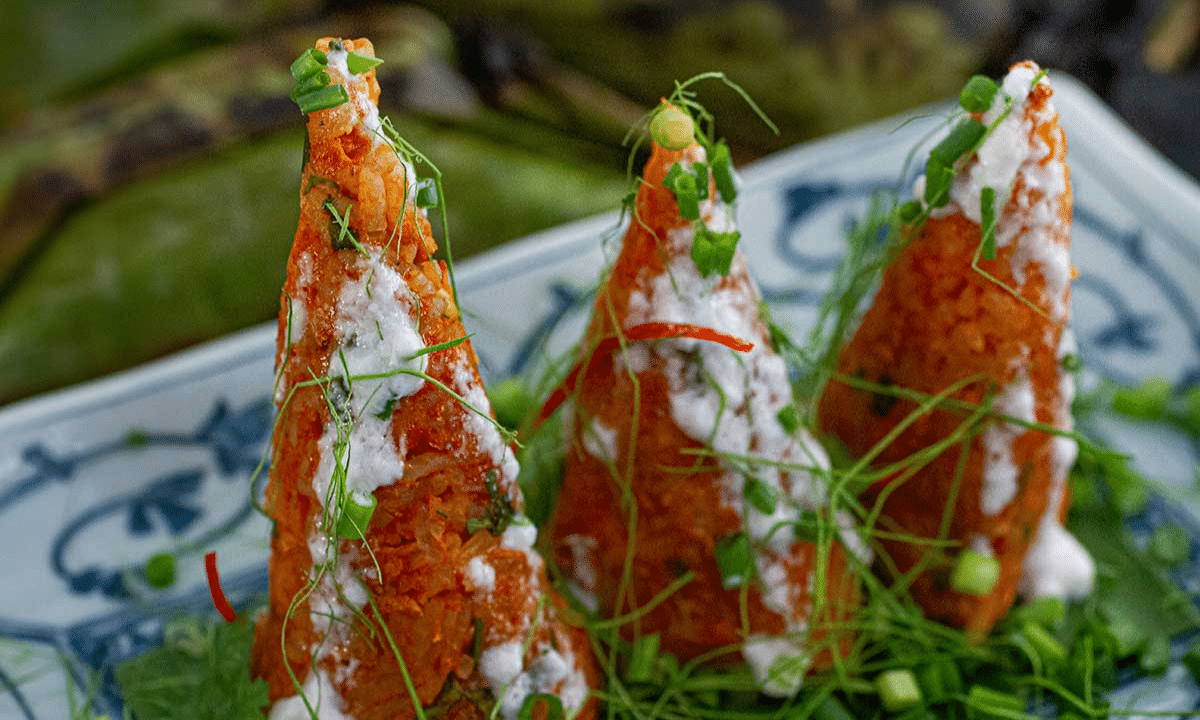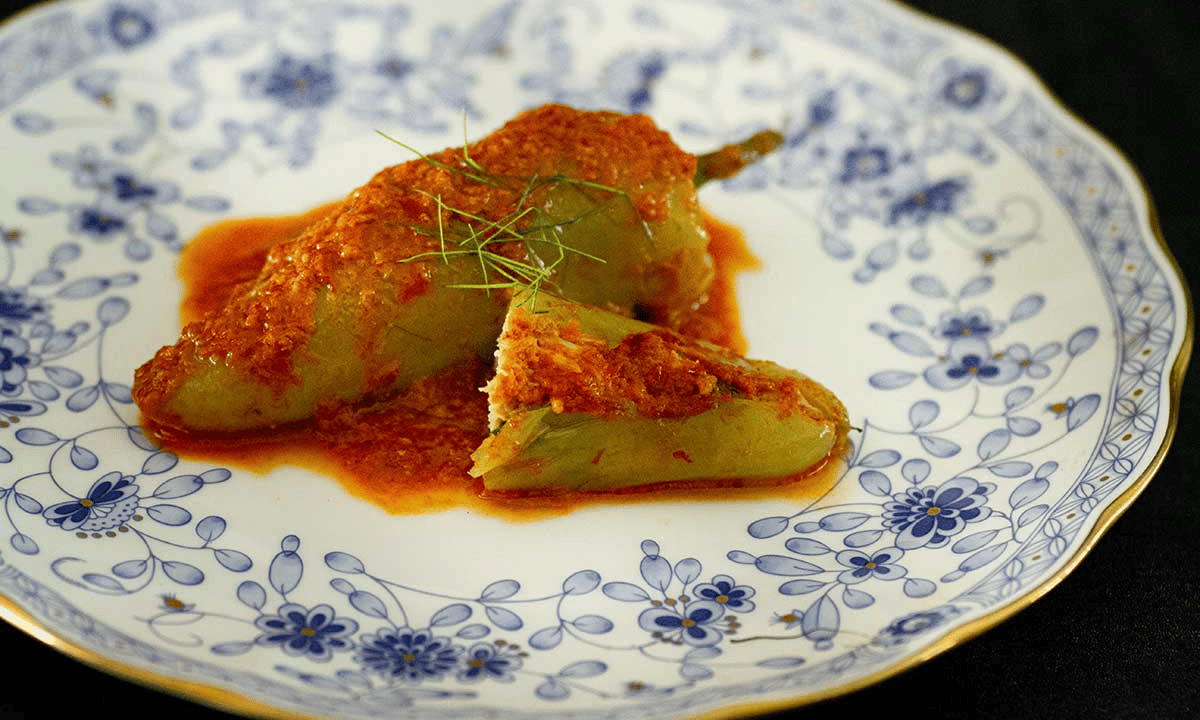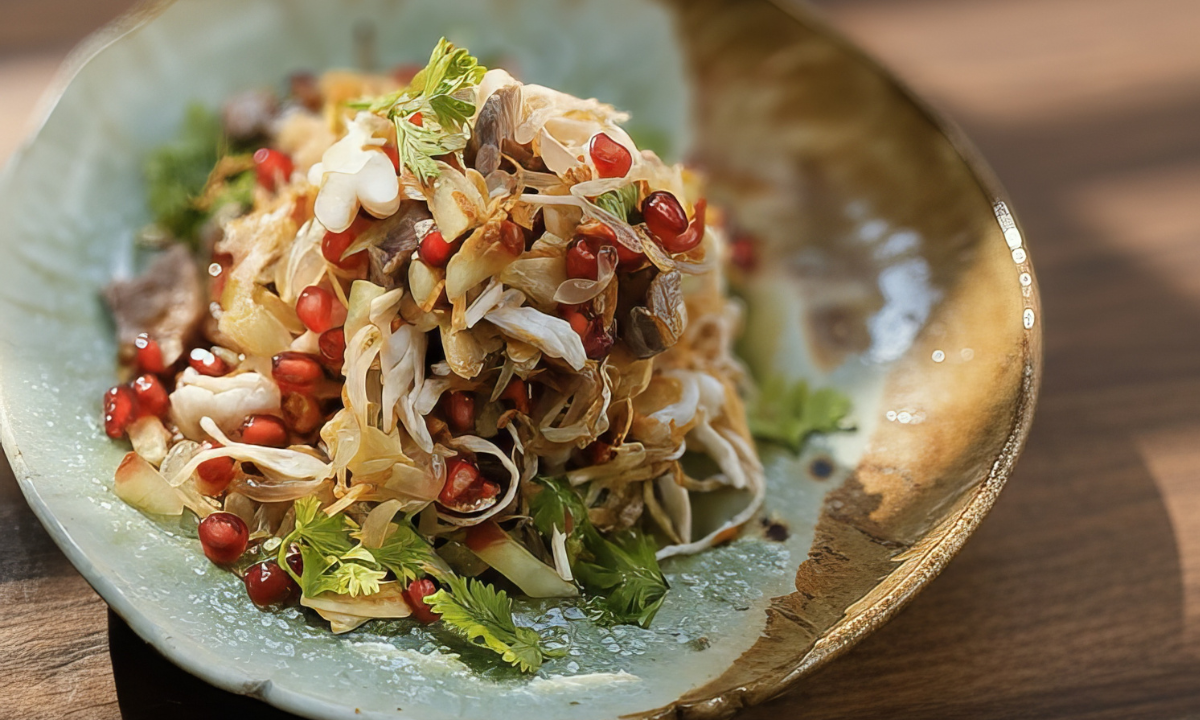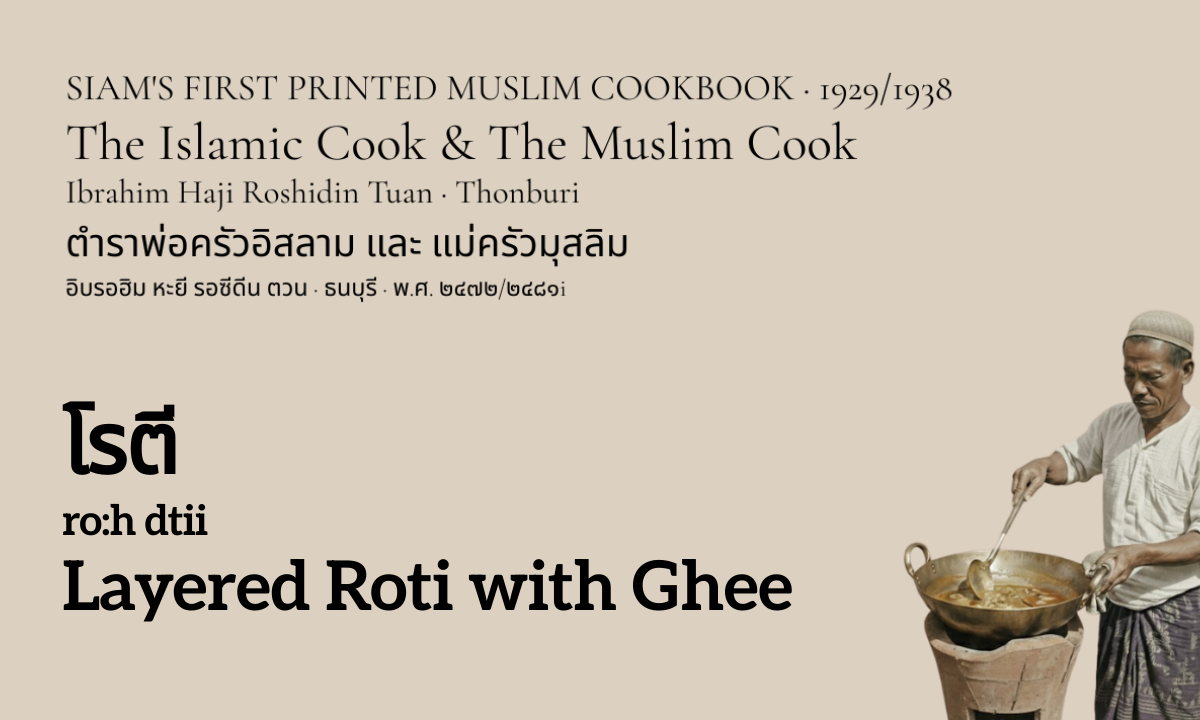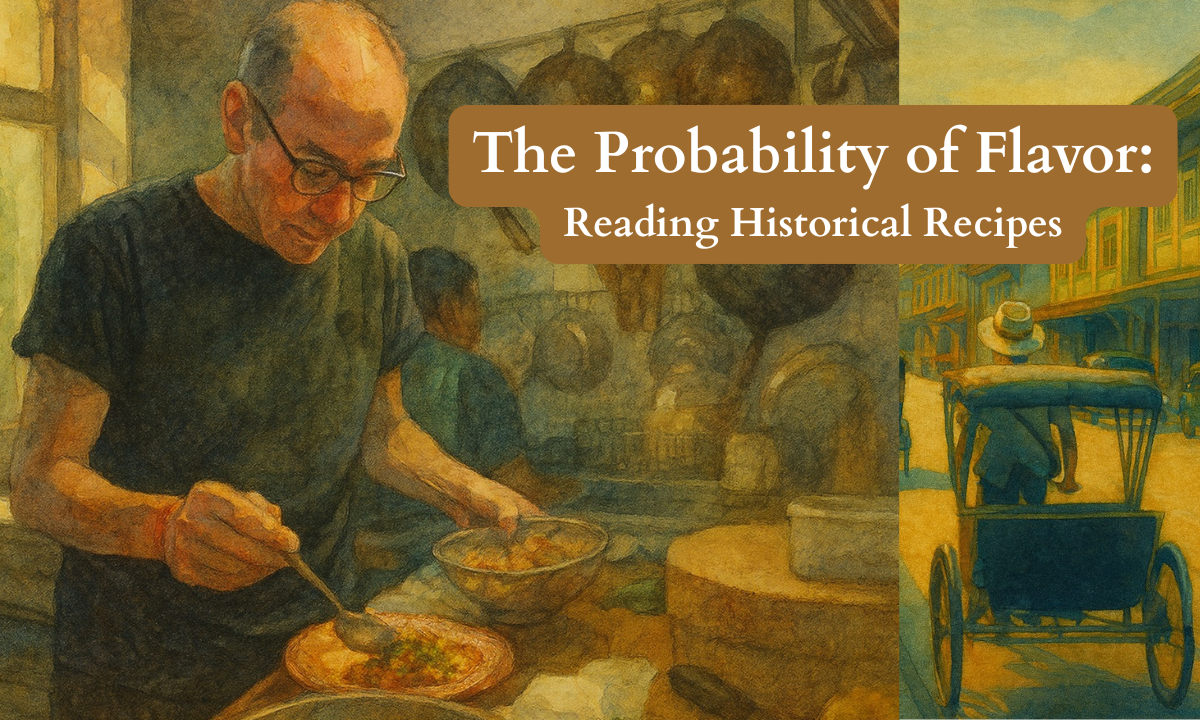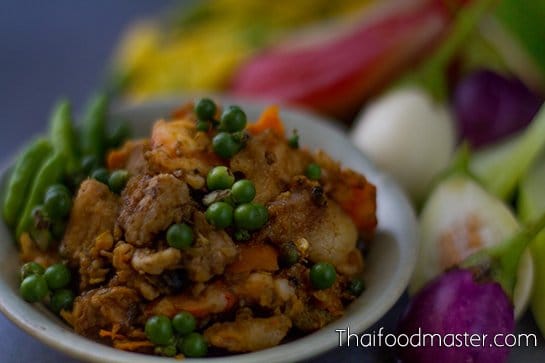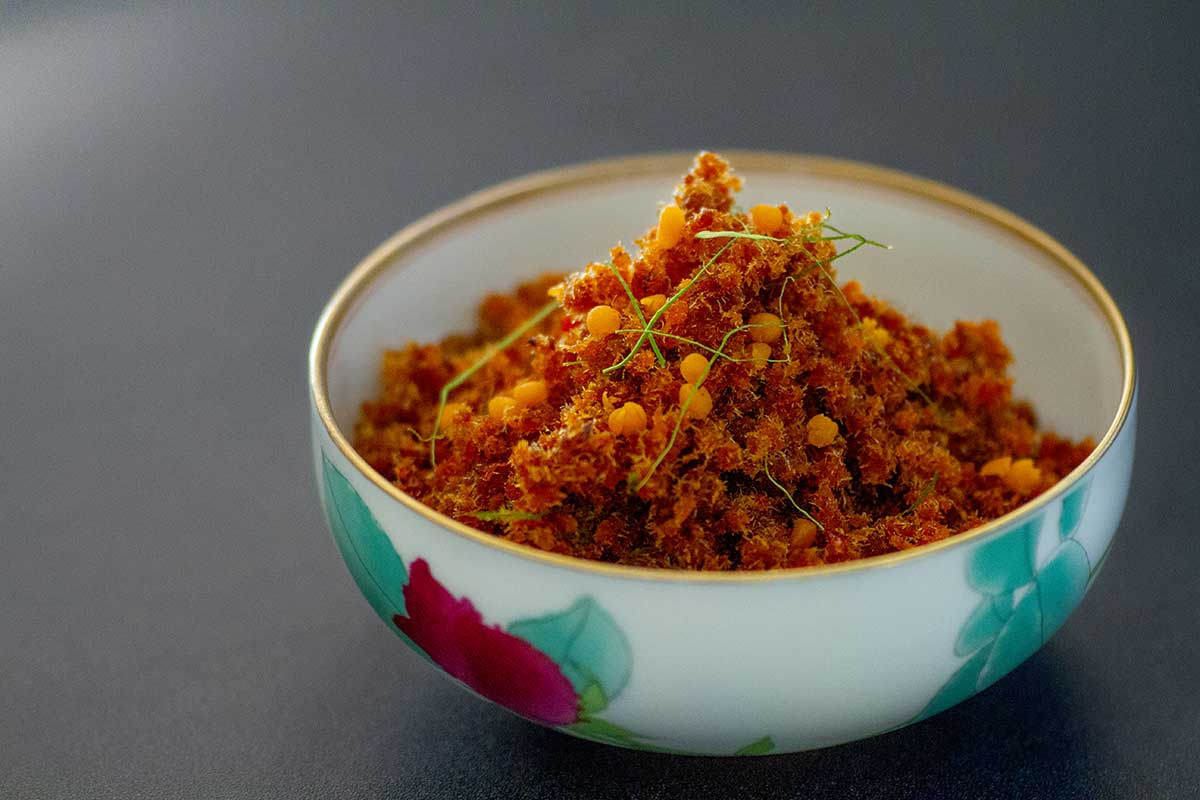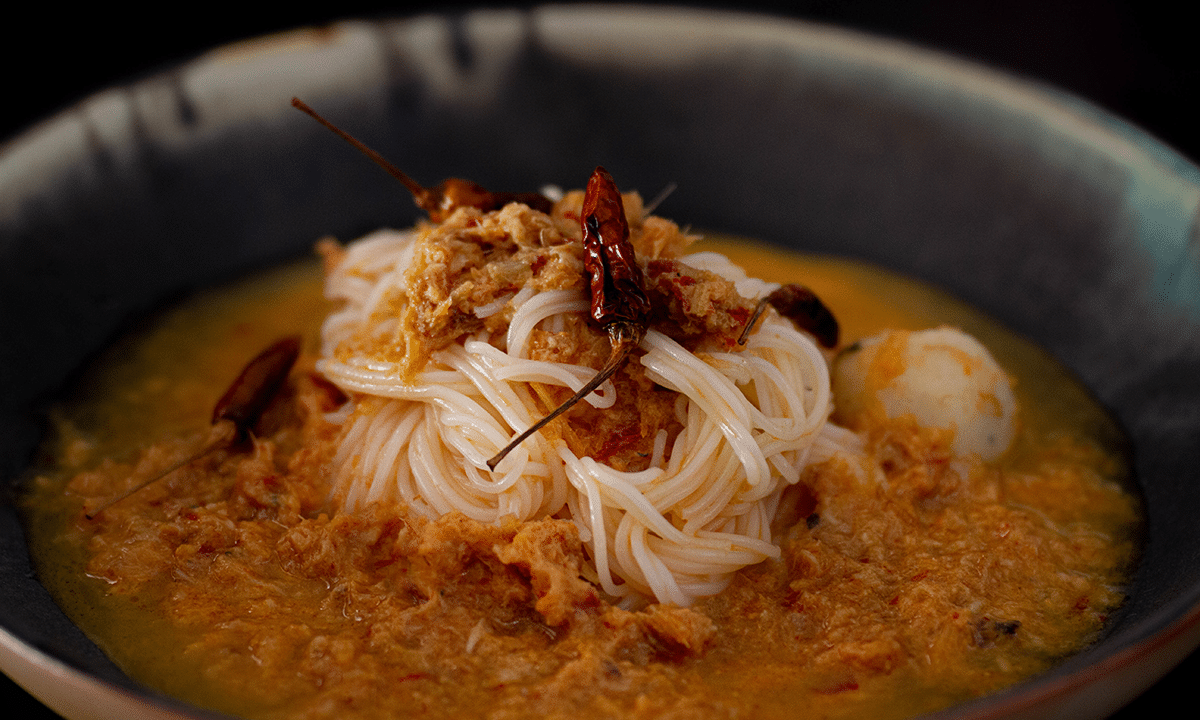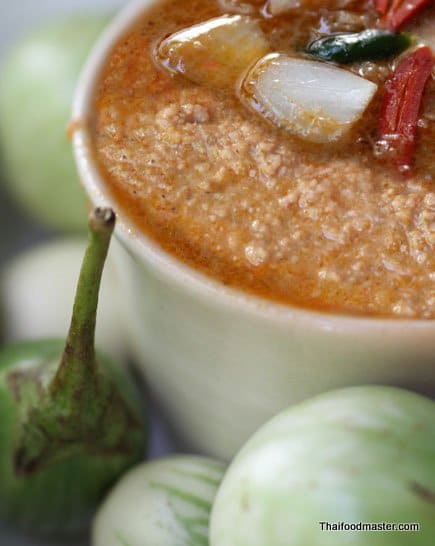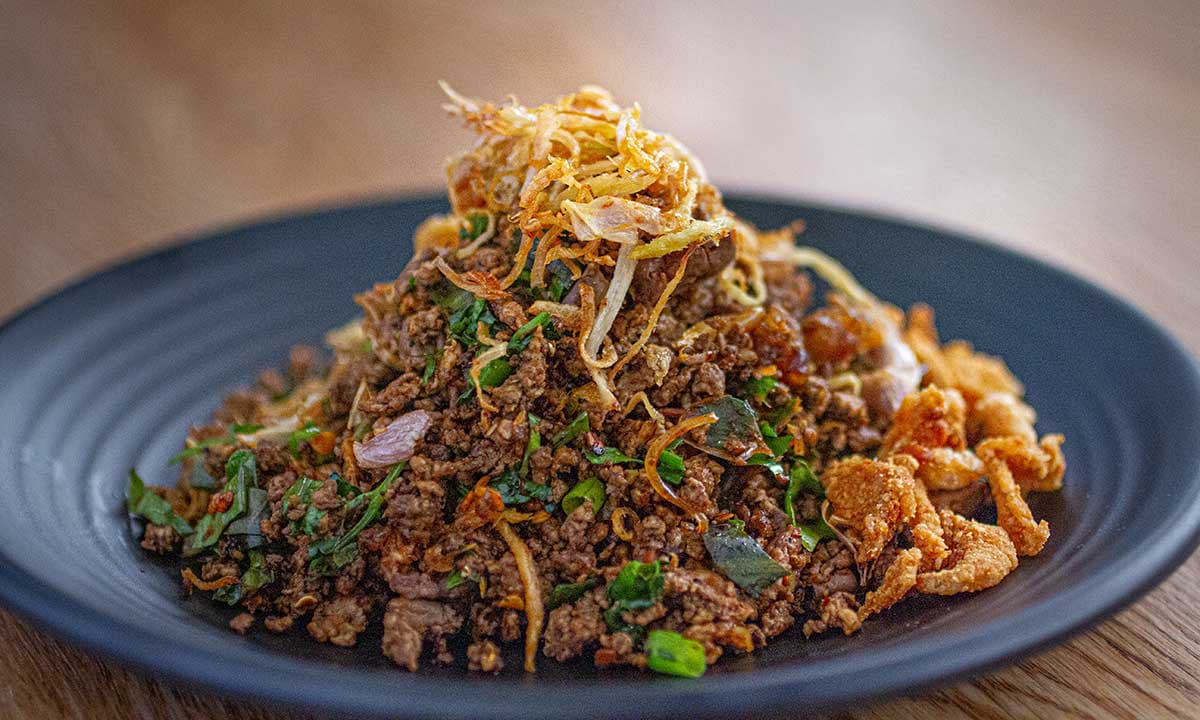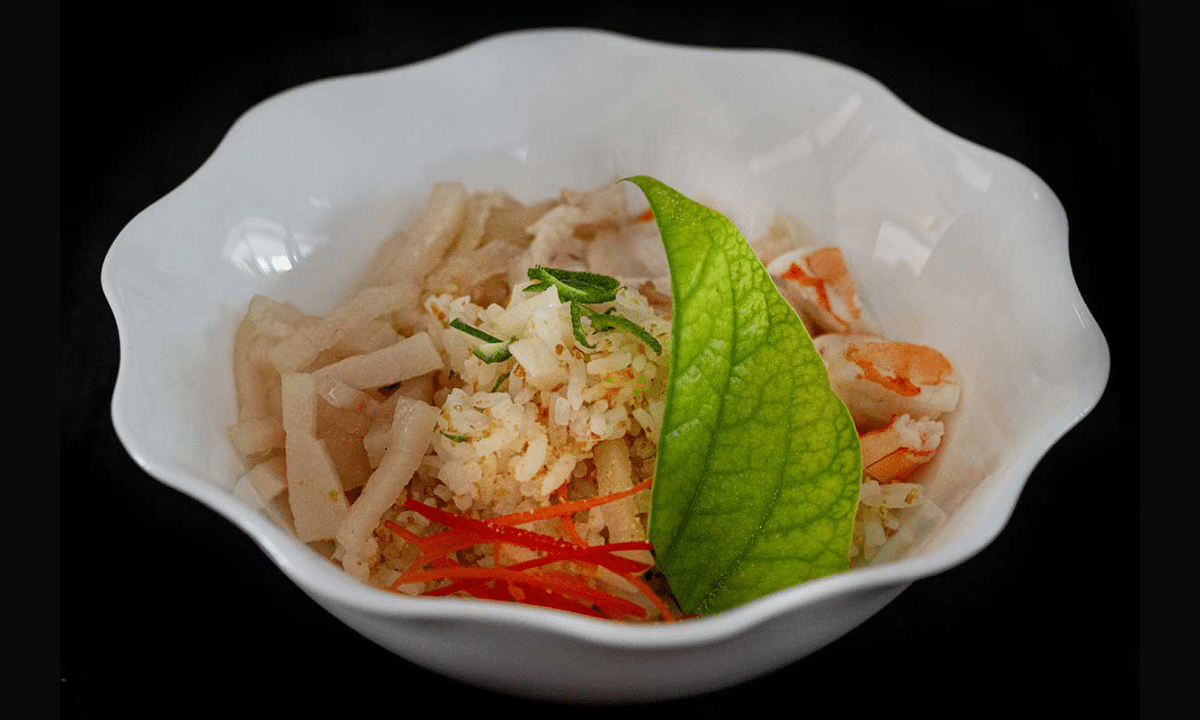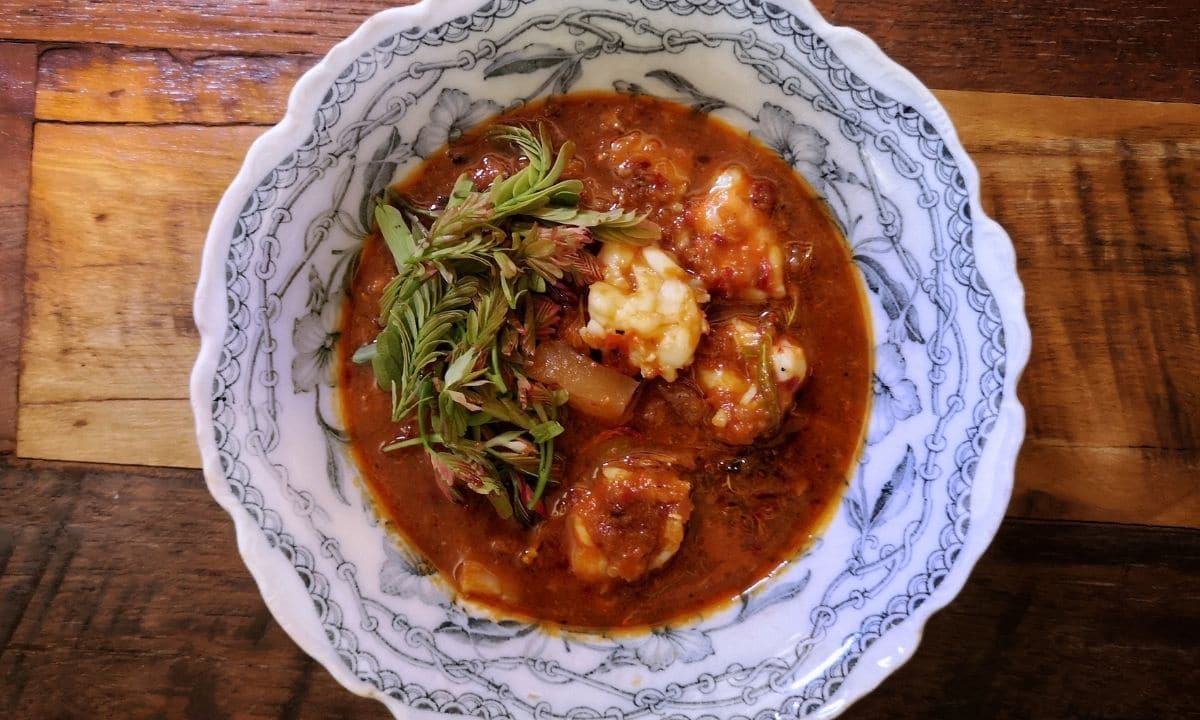
Common names: Leaf celery, Chinese celery
Local Names: ขึ้นฉ่าย (kheun chaai), ผักข้าวปีน (phak khaao bpeen), ผักปืน (phak bpeuun), ผักปิ๋ม (phak bpim).
Celery (Apium graveolens) is a marshland plant in the family Apiaceae that has been cultivated as a vegetable since antiquity. Celery has a long fibrous stalk tapering into leaves. Depending on location and cultivar, either its stalks, leaves or hypocotyl are eaten and used in cooking. Celery seed powder is used as a spice. [1]Wikipedia
Leaf celery has characteristically thin skin stalks and a stronger taste and smell compared to other cultivars. It is used as a flavoring in soups and sometimes pickled as a side dish.
Leaf celery (Apium graveolens var. secalinum Alef.), also called Chinese celery or Nan Ling celery, is a variety of celery cultivated in East Asian countries for its edible, flavorful stalks and leaves. [2]Wikipedia
The stems are thinner than those of Western celery and curved into round, hollow stalks. Also, unlike Western celery, the leaves are used as well as the stalks. [3]Wikipedia
Allergies
Celery is among a small group of foods that may provoke allergic reactions; for people with celery allergy, exposure can cause potentially fatal anaphylactic shock. Cases of allergic reaction to the ingestion of celery root have also been reported in pollen-sensitive individuals resulting in gastrointestinal disorders and other symptoms, although in most cases, celery sensitivity is not considered clinically significant. In the European Union, foods that contain or may contain celery, even in trace amounts, must be clearly marked. [4]Wikipedia
The main chemicals responsible for the aroma and taste of celery are butylphthalide and sedanolide. [5]Wikipedia
The information on this website has been compiled from reliable sources, such as reference works on medicinal plants. It is not a substitute for medical advice or treatment and Thaifoodmaster does not purport to provide any medical advice.
References
